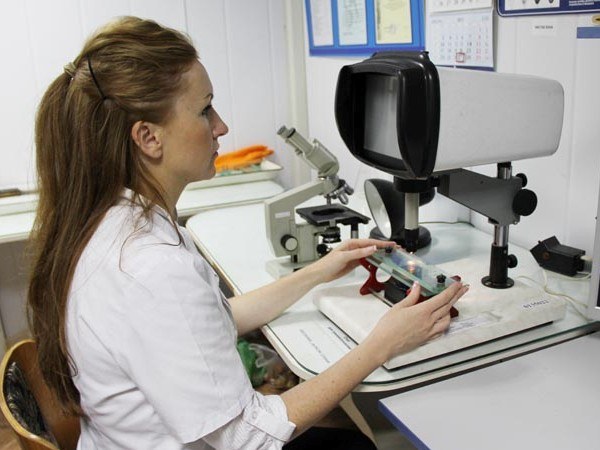How to make a DNA examination
Examination of the DTCs is performed for various purposes, it may be the identification of a genetic disease or to determine paternity. For examination of DNA required a biological material – blood, nails, hair, saliva or skin cells. The blood in the laboratory, nails, hair, skin cells, a cheek swab you can take at home. A swab of saliva from the cells of the epithelium take a cotton swab from the inside of the cheeks. For taking a smear should be rubbed with a stick on the inside of the cheeks, making a circular motion for ten to twenty seconds.
For each participant examination, it is recommended to use two or four sticks, they must be placed in containers envelopes that you need to sign. Set of genetic material for analysis can be stored for several months, however, it is recommended to transfer it to the lab no later than within seven to ten days, as further decreases the likelihood of successful DNA extraction. The result of the analysis will be ready in about twenty days. The result of examination of DNA paternity is a document composed on the letterhead with the print lab. It contains a conclusion about the likelihood of paternity, and also genetic screening test - information about the structure of DNA, unique to each person.
The DNA can be held anonymously.
The essence of the DNA examination
Examination is performed by the method of polymerase chain reaction (PCR). Its essence consists in the following. The child inherits DNA from the mother and from the father, each parent is "responsible" for 1/2 the DNA of their child. Each person has twenty three pairs of chromosomes, each chromosome pair site (locus) are DNA fragments (alleles). The examination is conducted by identifying certain alleles for a plurality of sections of chromosomes of the mother, father and child.
Minors can do such an analysis only with the consent of his parents.
If mother and father are the parents of the child, the child chromosomes of two fragments of DNA at each locus must be inherited, one from each parent. The establishment of maternity or paternity is based on these fragments. DNA is the most accurate method of establishing paternity. In the case of a negative answer accuracy is 100% in case of positive response, it is 99.9%-99,99999%.
